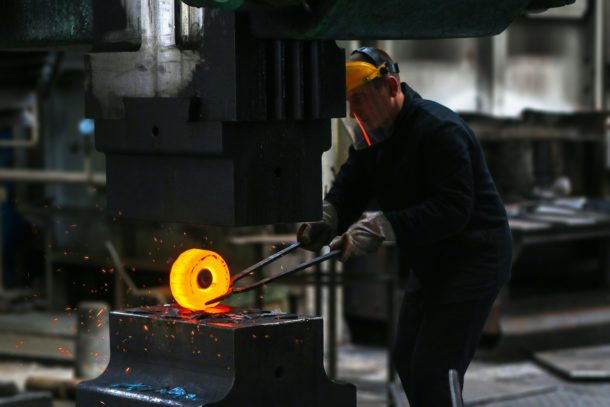Many of the major problems in production lines that reduce efficiency come down to the machines in the line, so it’s not uncommon that we spend a lot of time focusing on those machines and not enough time on the people operating them. Your production line workers and their productivity matter just as much to your output as anything else, so how do you make sure they’re not floundering?

Widening your workflow
All production lines follow a workflow, moving from one process to the next in order to create the end product or result as efficiently as possible. However, without organizing your team in real-time, it can be easy to miss out on the bottlenecks and other issues that can develop. In some cases, you may have workers waiting around for some form of output to finish before they can even get started. Work with them to figure out a much more organized approach to workload ordering.
Down with discomfort
Working on a production line can be physically demanding in the best of times. Even if there’s no particularly hard labor involved, the nature of the work can be repetitive and high-paced, meaning that issues that affect the comfort of the environment can lead to major motivation problems. Problems with heating, cooling, and airflow tend to be amongst the most common issues, and companies like https://dmi-kc.com/services/mechanical-service/, can help get to the bottom of them. If your team mentions aspects of the work environment that lead to discomfort, it’s essential you listen.
Keeping the workplace safe and healthy
If your workers do not feel safe, then they’re not going to be as motivated or productive. In fact, they’re more likely to be a lot more cautious, instead. Work with professional service providers to perform safety audits of the worksite. Aside from updating your policies and taking new risks seriously, you should also work to make health and safety information more visible through training, the use of signage and more, so that your team is better equipped and informed to handle any of the risks that they’re likely to face.
Invest in your team
Each individual worker is going to have their own career aspirations and if their workplace is unable to help them make progress towards those goals, then they aren’t likely to stick around all that long. Aside from ongoing training on how to operate in the workplace, you should be looking at ways to provide upskill support for your workers. Training them new skills, cross-training, and working on career development plans with them can help them believe that you are investing in them as workers, making them more willing to invest time and labor in you as an employer.
The right approach to work, the right work environment, and the right focus on their needs, especially when it comes to health and safety, are all crucial to the productivity of your workers. If you’ve noticed standards slipping, you might want to look at the wide-reaching systemic changes first.




Join the conversation: